Lighting
Which Light Modifier Do You Choose for Your Photography Session?

I’ve written several articles over the years about lighting, and attempting to debunk some of the complications users often face when bringing off-camera flash into their workflow. And while I’ve pawed over the Inverse Square Law, the technicals of features such as High-Speed Sync, and given dozens of lighting diagrams, I’ve never really talked about what modifiers you should use in which scenarios. At this point, I have a small studio, and no less than 20 different softboxes, umbrellas, and other various modifiers at my disposal, but I haven’t ever explained why I use a beauty dish in one scenario, and a large octobox in another. When I first got started in studio lighting, I found myself wondering why other photographers might choose one light modifier over another, so I figured I’d attempt to explain what lighting modifiers you should use and when.
I’ll pretense this by saying everyone has their favorites. I know photographers who will use strictly a 3′ Octabox for everything they do, and others who swear by the parabolic system (I’m raising my hand here). To get a better understanding of what lighting tool to use when you must first understand the three variables of light.
The Three Variables of Light
I’ve written about this a lot on this blog over the years, but it’s a core idea that builds the foundation of all your choices when bringing lights off-camera. Light generally has three variables that decide everything about your lighting – Intensity of Light (Power), Direction of Light (light placement), and Quality of Light (Soft/Hard, etc). The first two are pretty self-explanatory and easy to understand. Still, it’s the quality of light that has all the nuance that separates an okay image from an exceptional image. While we won’t be talking about all of those nuances in this article (solely because it’s a neverending topic), we can look at how it applies to which lighting modifier you choose and why.
Size of Light
The first of several qualities of light comes in the light’s size, which will determine if your lighting is hard or soft light. This light quality depends entirely on your light source’s size in relation to your subject, so a 5ft softbox will look way softer 2ft away from your subject than it will 7ft away from your subject. Like a lot of these qualities of light, the secret can most easily seen in the shadows of an image.
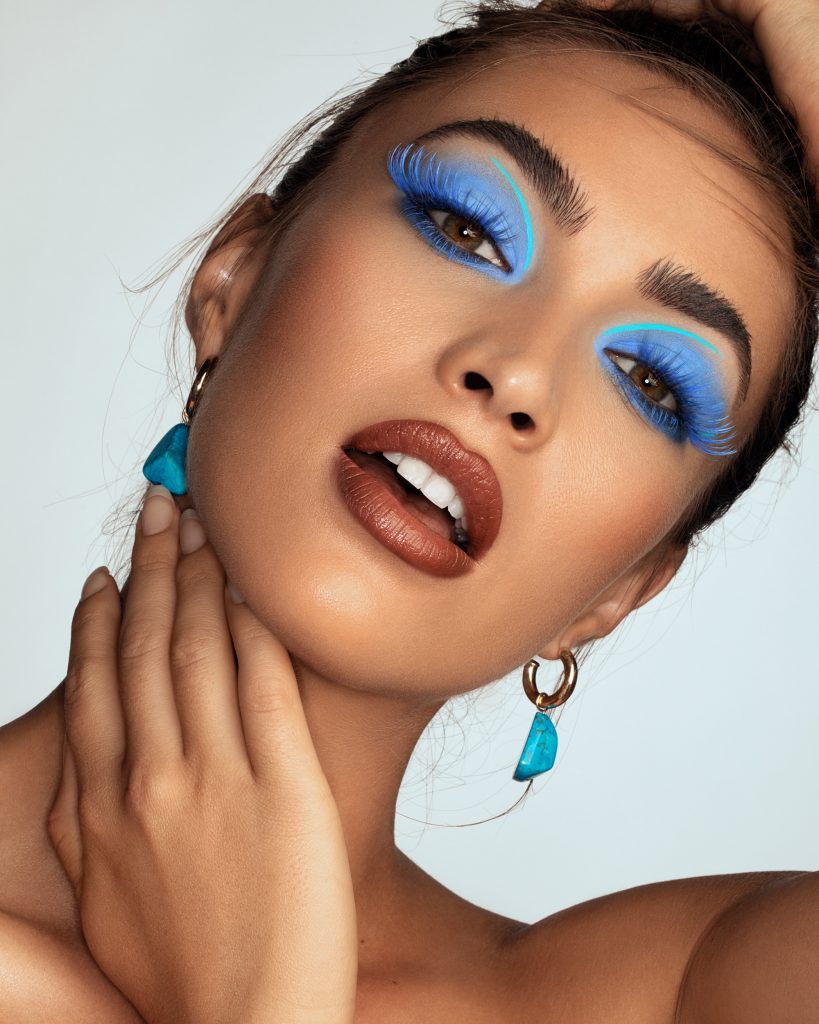
Soft light will generally have soft shadows that fade into a gradient-like pattern – with little sharpness to the edges of the shadow and highlights. The benefit of big soft light is that it generally minimizes blemishes or harsh changes in contrast. If you want to make your subject’s skin look clean and complexion-free, using big soft light is a good place to start.
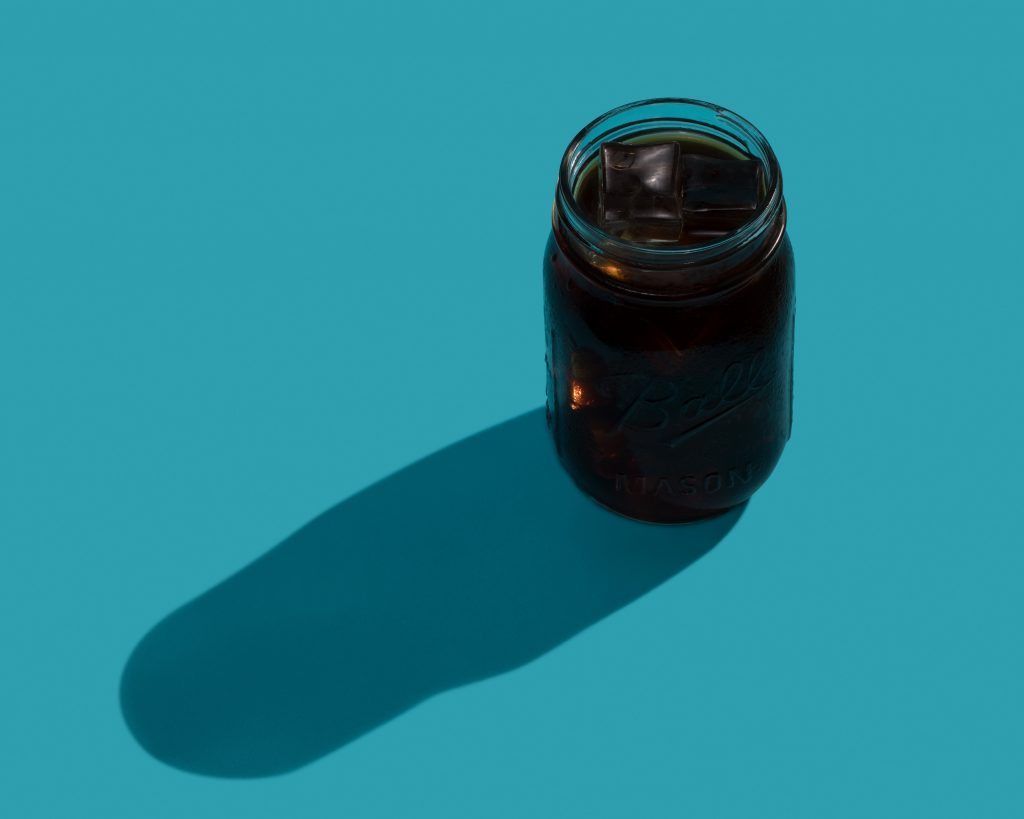
Hard light, on the other hand, works inversely to soft light – it adds sharper contrast to the image, which can make blemishes more apparent while giving you stronger, darker shadows. However, by using harder light, you will get far more contrast in your image, and when used right, can make for a very striking image overall.
Shape of Light
The second quality of light worth talking about is the shape of light. When getting started in your off-camera flash journey, it’s easy to get wrapped up with which modifier shape is best, when the reality is that while having practical purposes, they don’t alter all that much in your image. Some people will prefer rectangular softboxes because you have more diversity of spread (placing the softbox horizontally will have a wider beam of light than vertically). Others might prefer octaboxes, as they’re nearly circular in shape, and are a more natural light source (Sun, light bulbs, flashlights, etc etc). Whether you choose an octabox, rectangular softbox, or square comes down to the basic use case of light spread and personal preferences.
Spread of Light
The final quality of light I want to talk about today is the spread of light, which correlates directly with the previous two properties – shape and size (and by proxy, distance). The spread of light is simply put, how wide or narrow the beam of light is using the tools you’re shooting with. This is immensely important when choosing a modifier, as all modifiers have different spread qualities. This is also generally where the big difference between one modifier and another comes into place. Spread also has the most obvious use case – if you’re shooting a single subject, a narrow spread is fine, but if you’re shooting a 20-person family reunion, a wide spread of light is essential to ensure everyone is lit properly. While I won’t touch on this topic beyond the general comment about it, the modifier you choose will have a different falloff, and I’ll talk about that more in the next section.
So What Are The Qualities of Different Modifiers?
Hard Modifiers

Hard modifiers are anything that utilizes the bare bulb of a strobe. These will typically have high light output, but will also have hard light. These include the reflectors that typically come with your light (Profoto Zoom Reflectors and Profoto Magnum Reflectors included), and are designed to give the light the highest output available, but because of the size, will have harder light, and stronger contrast from highlights to shadows.
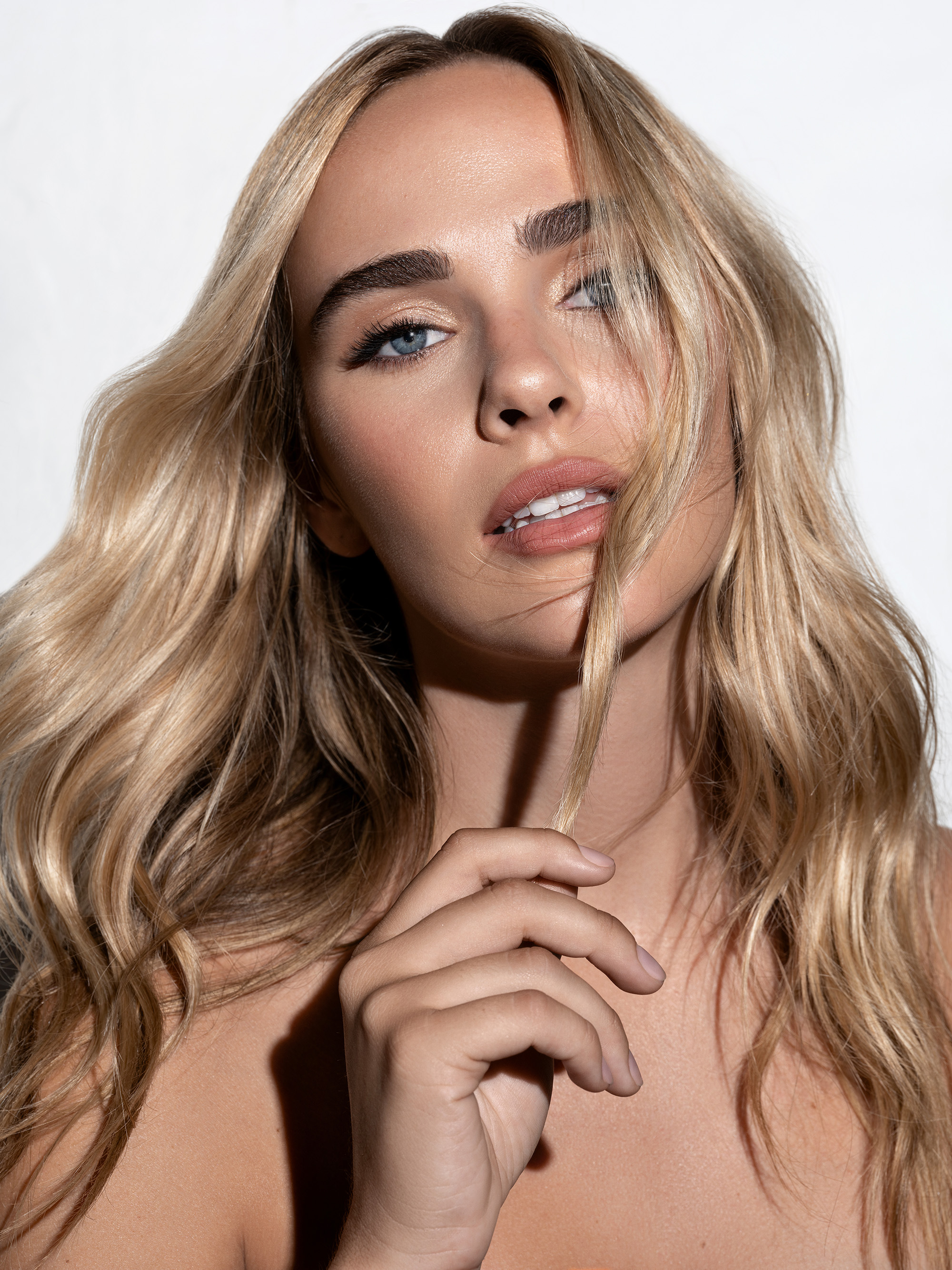
Umbrellas
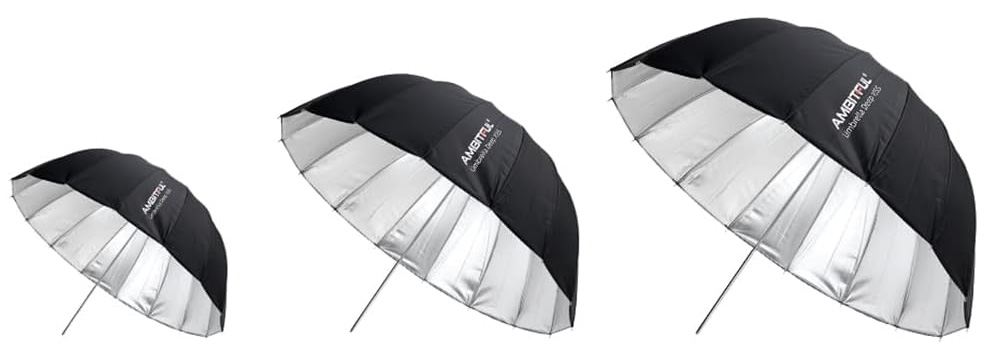
Umbrellas are often what off-camera photographers will get started on because they’re cheap, effective, and easy to use. Because they generally don’t have any side baffles, an umbrella will have a pretty wide and uncontrollable spread of light, so while they’re good for big groups, they don’t have a lot of control properties. As for whether or not they are hard light or soft light, depends entirely on the size of the umbrella. A 5-foot umbrella is going to give you very soft light, whereas a small umbrella would give you light that is a bit harder by comparison.
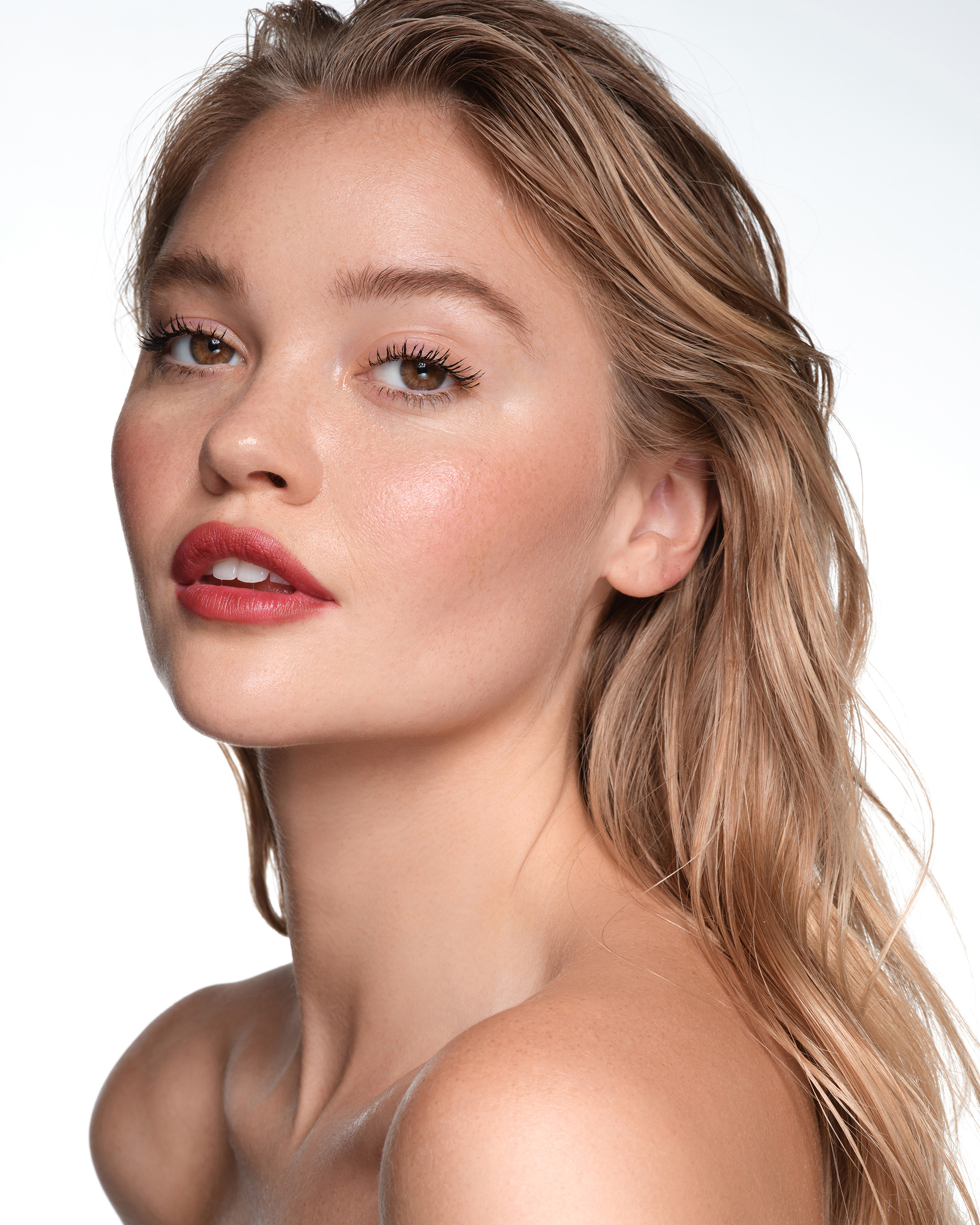
Softboxes
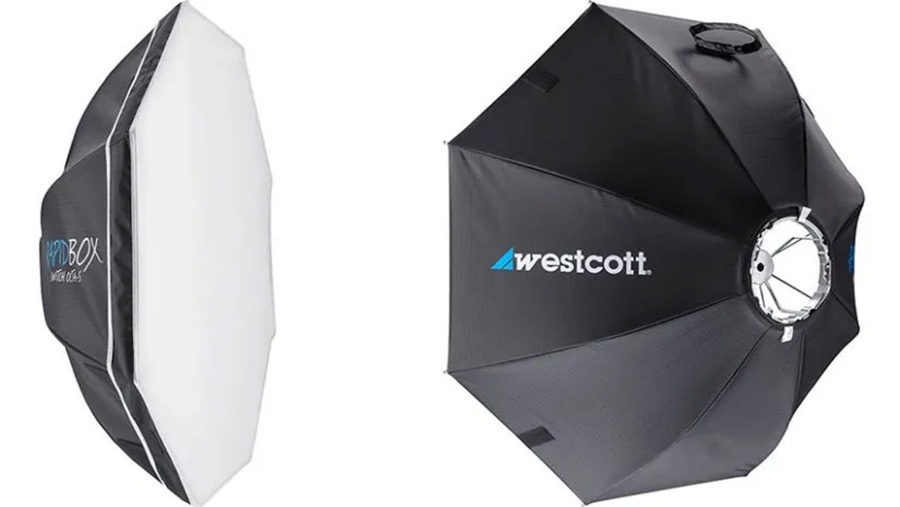
Softboxes have the most diversity in the market of light modifiers, because there are hundreds of different sizes and shapes, from stripboxes, to octaboxes, to massive softboxes used for lighting fleets of cars. The biggest benefit of a softbox over an umbrella or other unit, is the ability to control the light. Because of the blacked-out side panels (and often lip extending beyond the front baffle), you get a fair amount of control when using a softbox. Additionally, because of the ability to remove inner and outer baffles, softboxes can have a pretty wide range of light quality in terms of hard vs. soft light.
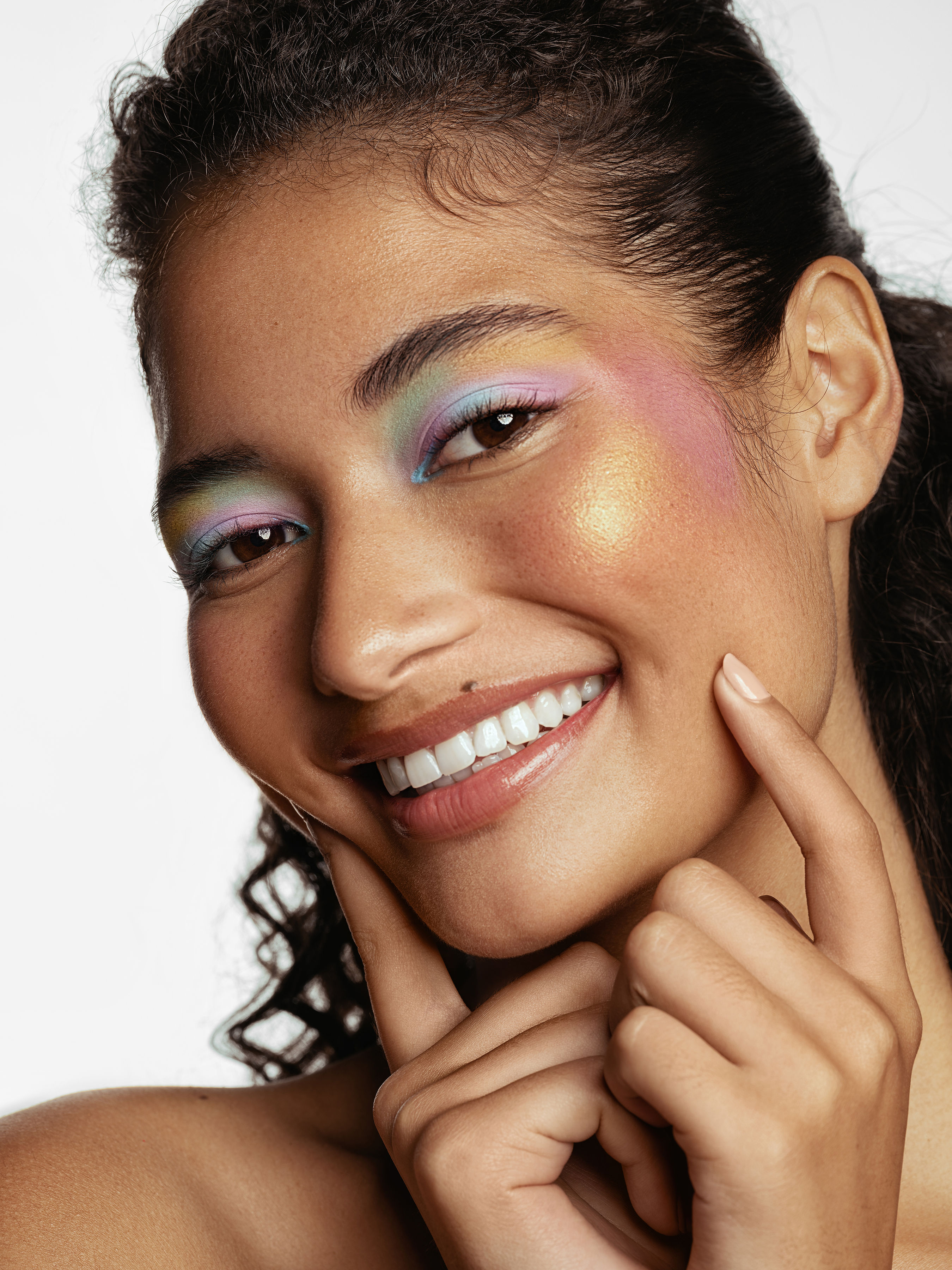
Parabolic Reflectors
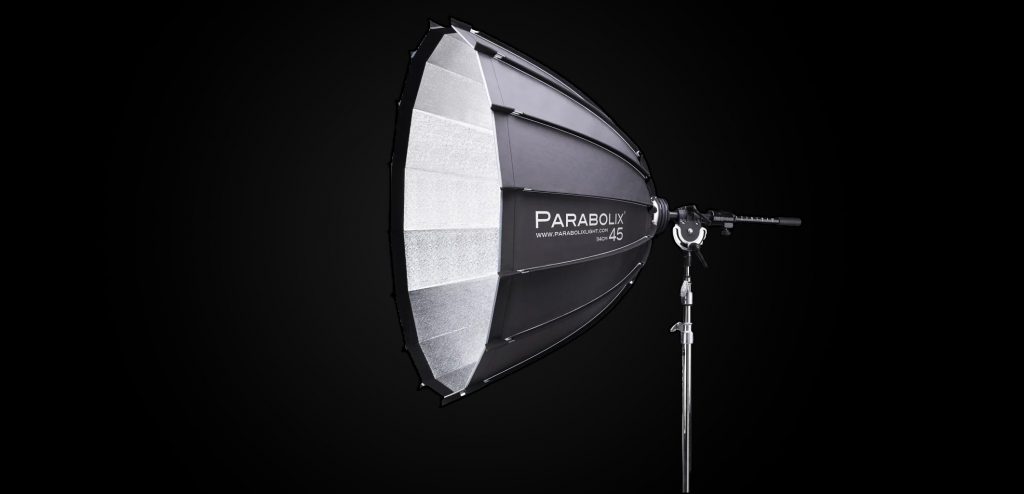
If you’ve been a frequent reader of this blog, you’ll know that I love parabolic reflectors, because of their ability to alter the light beams, giving you both a soft light and something that is still very much controllable. Because of this, parabolic reflectors usually work best for 1-2 subjects and don’t have very much light spread by design. With a focusing rod, however, you’re able to adjust the light pretty dramatically from one end to the other, so while the spread is limited, you still get a large diversity of lighting styles.
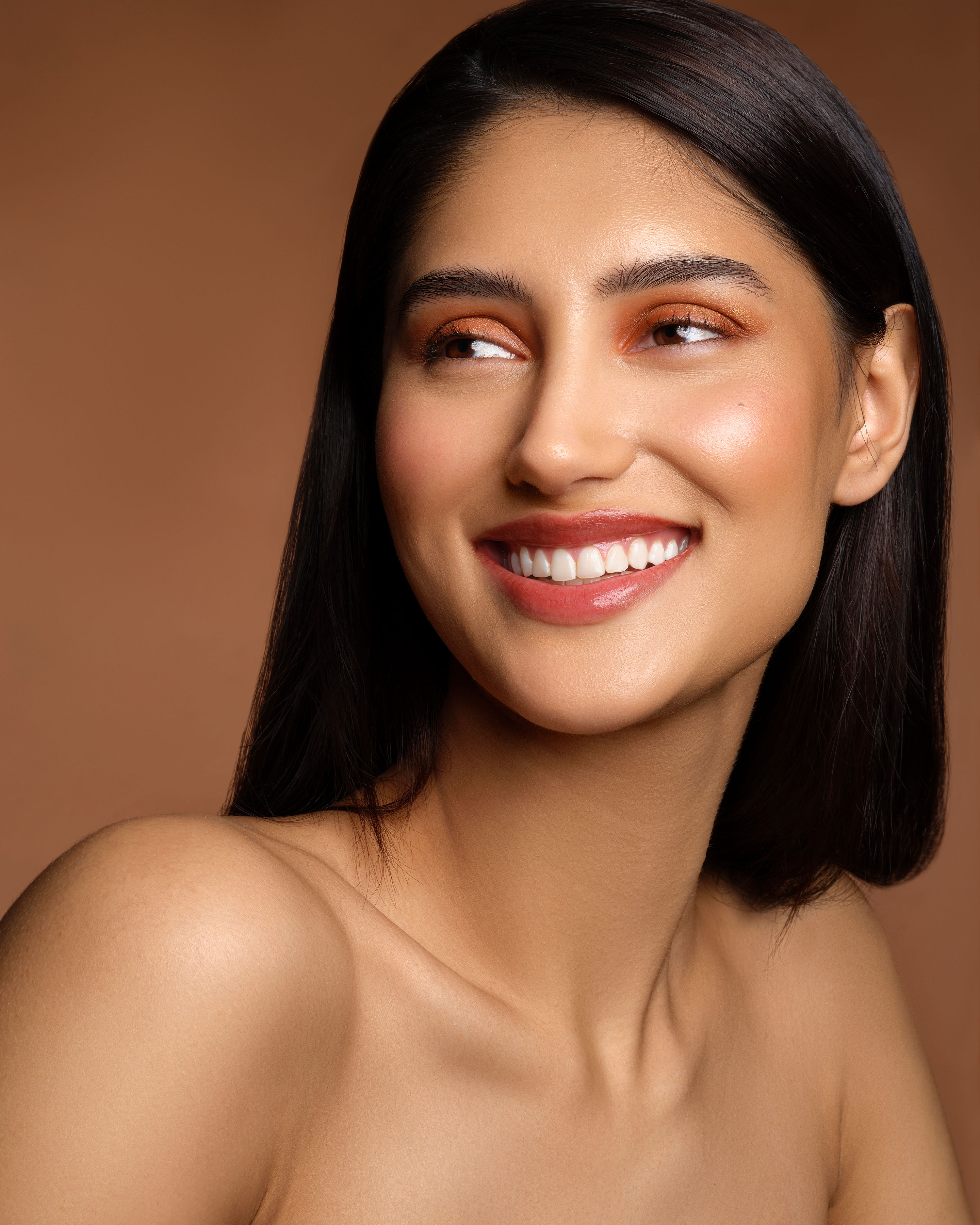
Beauty Dish
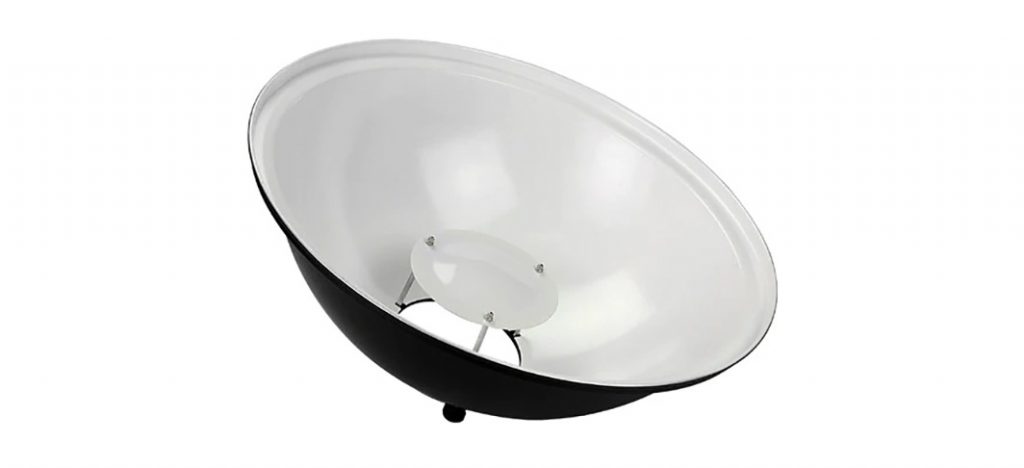
To round out this list is the beauty dish – a classic in the studio photography world. Usually made of aluminum or stainless steel, a beauty dish is a hard reflector by design, but by implementing a bounce plate, will generally have a very even light output, while maintaining a good amount of controllability. Beauty dishes are traditionally between 19″-24″, so work best for single subjects or a group of two, but offer a good blend of soft light while maintaining a good amount of contrast in your images.
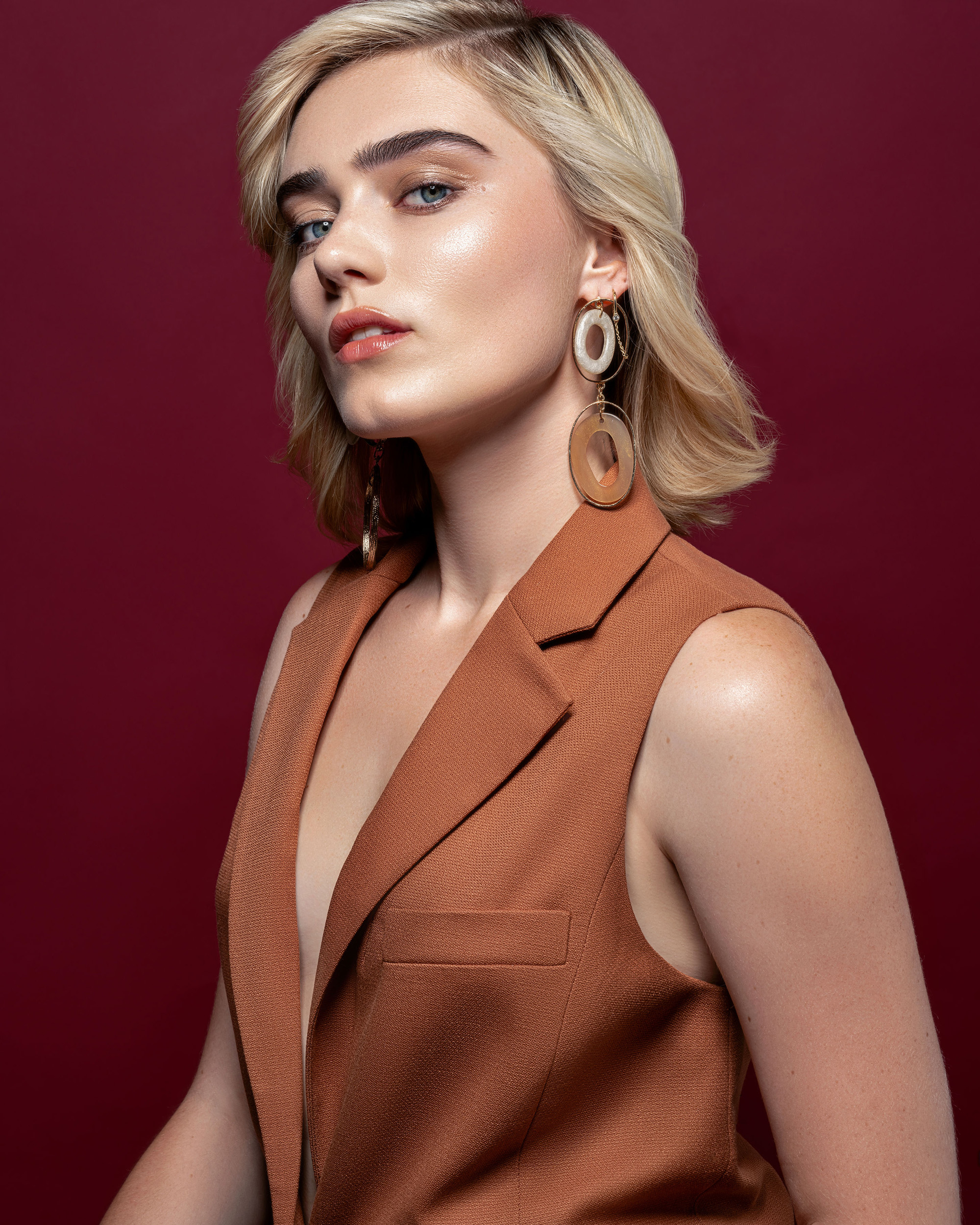
So what modifier should you use for your photography session? Well, that’s up to several variables, but hopefully, this article provided some insight when it comes to choosing the best modifier for the job. Do you have any tips on this topic? Be sure to share them in the comments below.
Related Reading
- Why You Need to Consider Parabolic Reflectors in Your Work
- Six Lighting Setups to Try on Your Next Photoshoot
- Advanced Photography Lighting Techniques – Feathering & Zooming
- Simplifying the Complexities of Lighting in Photography
Author: Zach Sutton
I’m Zach and I’m the editor and a frequent writer here at Lensrentals.com. I’m also a commercial beauty photographer in Los Angeles, CA, and offer educational workshops on photography and lighting all over North America.-
Zach Sutton Photography
-
Jalan
